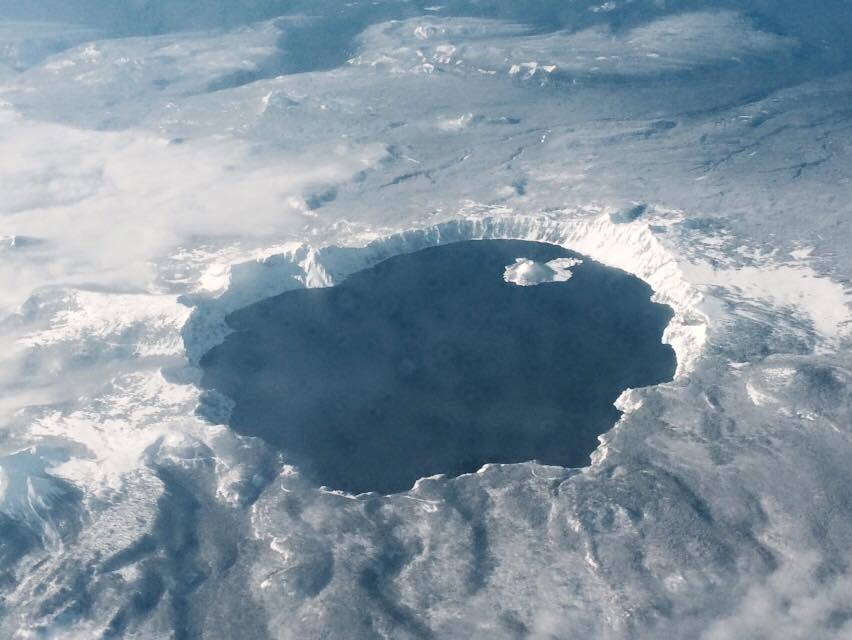Attention mountain goats of Olympic: You can run, but you can’t hide. In one month, the removal of Olympic National Park’s mountain goats will begin. Starting on September 10th and lasting for eleven days, popular trails in the Hurricane Ridge region will be closed for all access. That means you only have a few more weeks to explore the scenic treks and take in one last gaze at the mountain goats of the ridges of Olympic.
In a press release from Olympic National Park, it was announced that the first round of mountain goat capture and translocation will occur over a two-week period in September. The press release continued, sharing that additional capture and translocation periods will occur in summer 2019. The staging area for capture activities this year will be located at Hurricane Ridge on Hurricane Hill Road. The capture activities are scheduled to occur September 10-21 and trail closures will be in effect for visitor and employee safety.
Visitors to Hurricane Ridge during this timeframe can generally expect to have access to the trails near the Visitor Center including Cirque Rim, Big Meadow and High Ridge. Wolf Creek Trail, Cox Valley Trail and Obstruction Point Road and area trails will also remain open.
Hurricane Hill Road, beyond the Hurricane Ridge Visitor Center, will be closed to access past Picnic Area A beginning Wednesday, September 5. This closure includes the Hurricane Hill Trail which will remain inaccessible for the duration of the activities. The trail rehabilitation project work will resume after the end of the goat capture period. The trail is scheduled to reopen for use on a rotating basis September 26.
Klahhane Ridge will be closed to access during helicopter operations in that area. Whenever possible, Klahhane Ridge Trail will be open for hiking. Due to weather constraints and the number of hours the helicopter pilot can fly in a day, whether or not the Klahhane Ridge Trail is open and at what time will vary daily. The population of goats on Klahhane Ridge is targeted as a top priority for capture and translocation in September due to heavy visitor use and frequent interactions with mountain goats in the area.
“We understand that the trail closures which are necessary for visitor and employee safety will have an impact on visiting Hurricane Ridge this September. We want to make sure the public is aware of these impacts in advance of their visit so they can plan ahead, know their options, and be prepared.” ~Park Superintendent Sarah Creachbaum said.
Additional trails that will remain closed for safety during the two-week period include the Lake Angeles, Heather Park, and Switchback trails. Little River Trail and the Elwha to Hurricane Hill Trail will be open but will not have through access to the Hurricane Hill area. A map of the trails and closure areas is available on the park website.
For those who oppose this mountain goat removal, you had your chance to have your voices heard. Not only did the Outdoor Society cover this in great detail over the past few years, but there were also numerous community meetings and even a chance to leave a comment directly with Olympic National Park. The National Park Service released its Record of Decision (ROD) for the Mountain Goat Management Plan/Final Environmental Impact Statement (EIS) in late June. Until the United States Forest Service (USFS) signs its ROD, the mountain goat capture and translocation activities will not include USFS wilderness. For this reason, the Washington Department of Fish & Wildlife (WDFW) will only translocate goats from the park to the non-wilderness release sites within the North Cascades national forests during this first round.
While mountain goats are not native to the Olympic Peninsula, they are native to the North Cascades Mountains but exist in low numbers in many areas. Both the USFS and the WDFW have long been interested in restoring mountain goats to these depleted areas.
For those looking for more hikes in Olympic that won’t be closed to the mountain goat removal, please pick up a copy of our gorgeous and informative guidebook!




